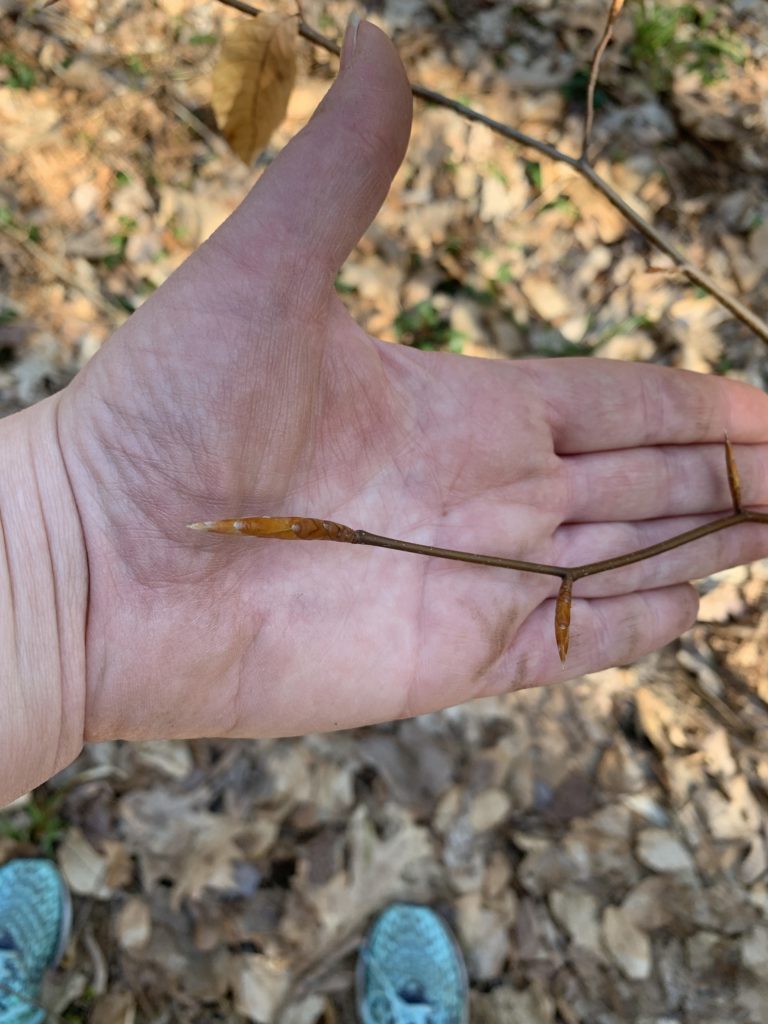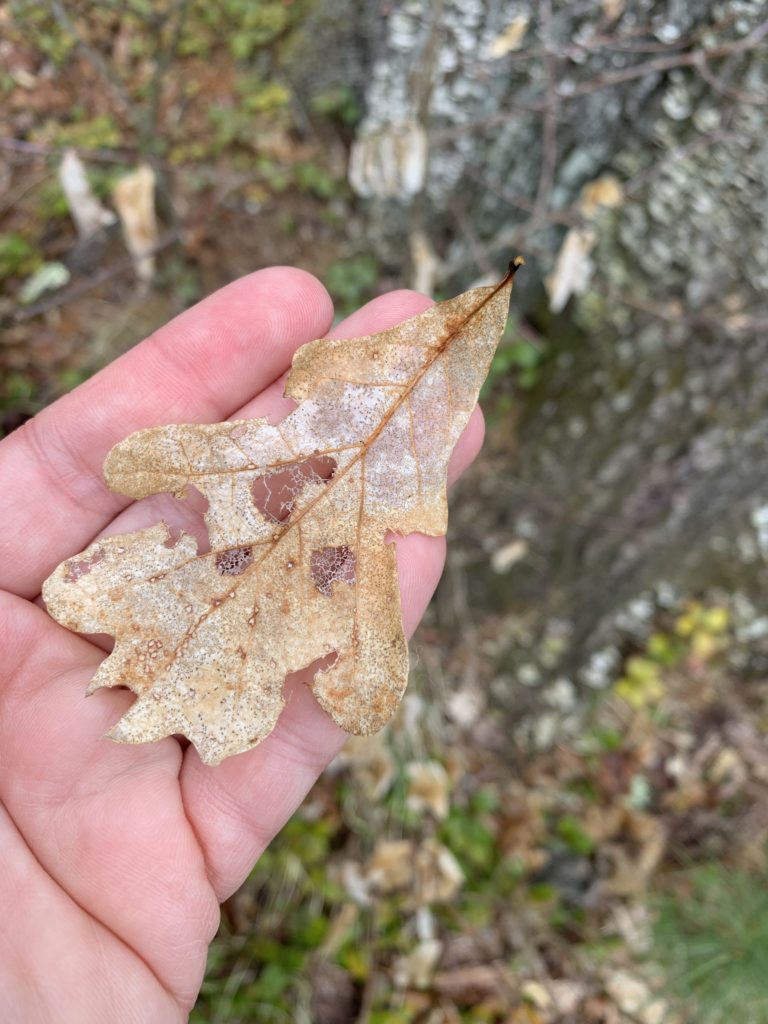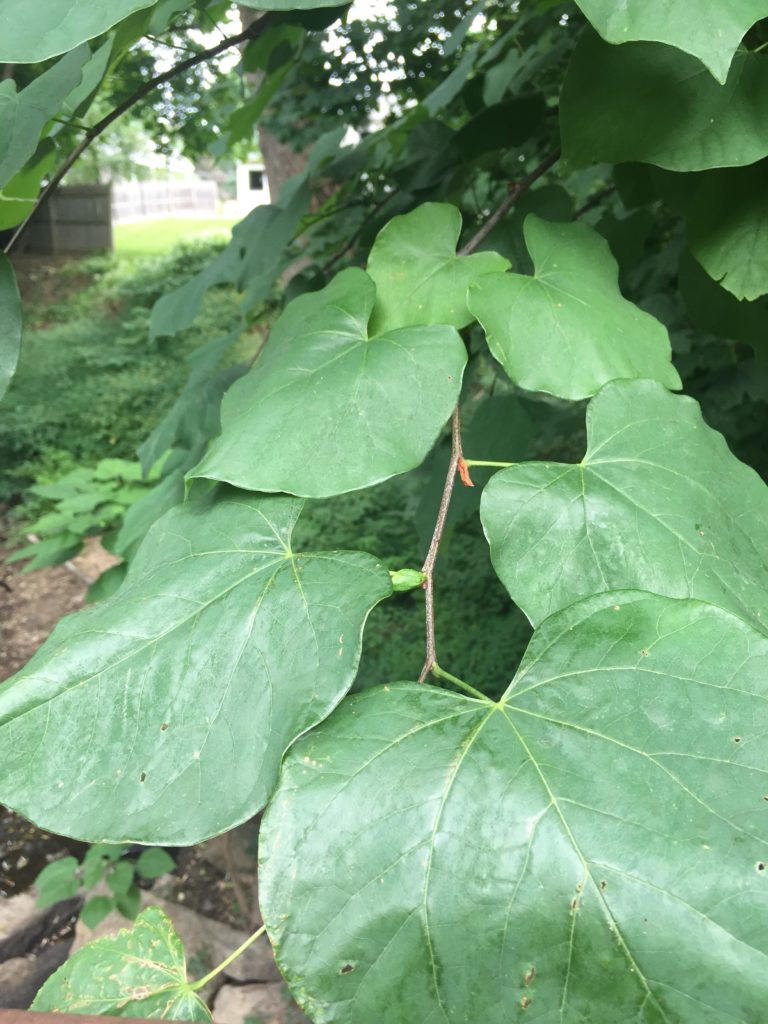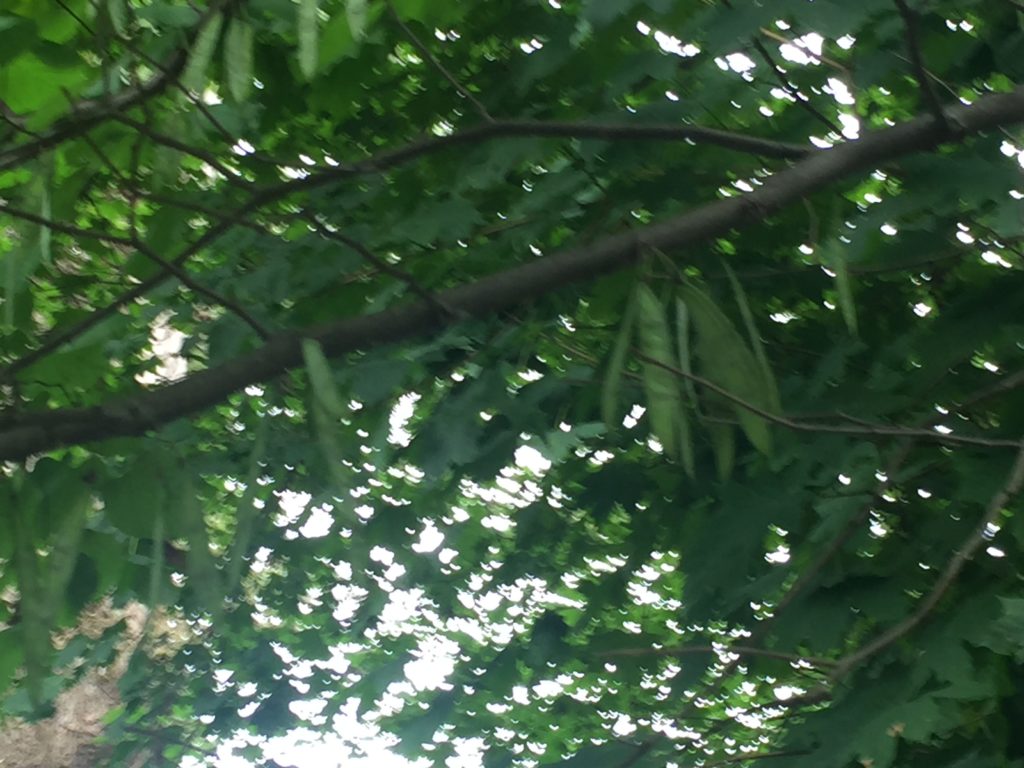(This post has been sitting in my WordPress drafts folder for, oh, a month and a half. I thought it was time it finally saw the light of day).
Lately, with all the time I’ve been spending in nature (and maybe I’ll actually write about that directly at some point!) I have been thinking about high school, Science Olympiad, and the Treemendous competition.
I was involved in Science Club for several years in high school, and every year we participated in the regional and the state Science Olympiad, a series of science-based challenges for a team of fifteen. Our team, from a Catholic high school in rural Plattsburgh, New York, usually did okay in the regional competition — enough to advance to the state event — but terribly in the state tournament, often placing in the bottom ten. (Theoretically there is a national competition, but that was always out of reach for us).
Both the state and the regional tournaments had the same individual events, but they did change from year to year. I was excited the year that “Treemendous” was added to the list — a challenge to identify North American trees by genus and species. It might have been new that year; I certainly hadn’t heard of it in the other years I’d been involved with the club. I volunteered to study for Treemendous that year, because it was the only vaguely ecological one, and I thought I’d be good at it. Hey, I could tell an oak from a maple!
… she did not do well at it, dear reader.
For one thing, the regional event used branches from winter trees. I apparently didn’t think this would be a possibility, even though the event was in the middle of (I think) February in the blasted heath of northern New York, USDA zone 3b to 4a. If it even crossed my mind as a possibility that “hey, there won’t be any local trees with leaves on them,” I must have dismissed it as “no one can identify trees in winter!” (Not true. It is very possible to identify winter trees. But you have to look for a different set of features, since you can’t rely on the leaves and blossoms).

Despite all that, I somehow I muddled through well enough to go on to the state event — I want to say the test was multiple choice, and didn’t use Latin names, but the biggest contributing factor was probably that everyone else did just as badly as I did.
Somehow we made it to the state competition that year, which I want to say took place in April or May, at West Point. The state Treemendous event used pressed samples of trees (not all of them native to New York), so in some ways it was easier. And yet, I did even worse. The IDs required Latin binomial names, and you actually had to recall them, rather than just recognizing them for a list — a task which is always more cognitively demanding.
Plus I soon realized that while I knew that an oak was genus Quercus, I could not remember that a white oak is Quercus alba and a northern red oak is Quercus rubra, nor did I have any idea how to tell the two apart. (I do now, sorta. White oak has rounded leaf tips).

I think I came in dead last, or near it.
I haven’t put much effort into learning to identify trees since then, and it’s only since I’ve gotten into iNaturalist that I’ve been picking it back up, mostly because I got bored with the endless mountain laurel/partridgeberry/teaberry undergrowth in New England woods, and wanted a new challenge. I’ve come to some conclusions since then:
1) I would have done much better at Treemendous if iNaturalist had been a Thing when I was in high school. (I was in high school in the late 1990s, and it was mostly pre-internet).
Also:
2) I was studying in an absolutely awful way. And there was nobody telling me to do it any differently. (Theoretically, that’s what our faculty advisor/coach should have been doing. But for all that I adored Mr. Dilley, he was a chemistry teacher, not a botanist).
How I should have been studying was by doing actual tree identification. And yet I can’t think of one time I took my field guides and walked around my neighborhood trying to identify trees. And if iNat had existed, pulling up the Identify tab and filtering by “plants” and “Clinton County, New York” would also be a useful training exercise.
Either way, I know now what I didn’t know then (thanks, in part, to the great MOOC Learning How to Learn): that testing is learning. And I was definitely not testing my tree ID skills in any substantial way.
What I was doing instead was… making flash cards? Basically they were index cards with the common name, the Latin name, and a few facts about the tree. I might have written down if, say, the leaves were alternate or opposite, but I am pretty sure that nowhere did I use the term “leaf scar,” or any of the things that would have helped me to identify a tree in winter.
Also it took a lot of time to make flash cards — I was writing them by hand! — and I was not, let us say, particularly diligent about my study time for this event. (I was not particularly diligent about anything, really. Let’s remember I’ve had undiagnosed and untreated ADHD up until early this year).
Flash cards have their uses, but without real examples, none of the stuff I was learning stuck in my head. At least if I had been looking at real trees in my neighborhood, I would have been creating a memory palace out of my own neighborhood: like “oh yes, that’s a white oak I saw on the corner of Wells and Cornelia streets.” (Note: that’s a real intersection, but I have no idea if there’s actually a white oak there. Please do not take this as arboreal advice).
Even today, all my facts about, say, eastern redbud (Cercis canadensis) are connected to the first instance of it I ever identified, along the Cochituate Brook Rail Trail in Framingham. Which was in the Year of Our Lord 2019, at age 39, not long after I discovered iNaturalist. Thinking about that particular tree — like accessing any good node in a memory palace — is like an opening a drawer full of facts: That it flowers before the leaves are out. That the flowers often bud right off large branches. That the leaves are heart-shaped, large, and alternate on the branch. That the fruit is a bean-like pod (unsurprisingly, since it’s in the legume family, Fabaceae), which often remains on the tree through the winter. I didn’t remember the full binomial name off the top of my head, but I did recall it was species “canadensis” and that the genus started with a “c” — I could have passed a multiple choice question, if nothing else!

Eastern redbud (Cercis canadensis) leaves 
Eastern redbud (Cercis canadensis) fruit/seed pods
Do I regret my misspent youthful opportunities? Eh, maybe a little 😉
For what it’s worth, Science Olympiad is still a thing! However, Treemendous is no longer an event. It doesn’t even show up in the archived events, nor in a search! Maybe they, like I did for so many years, prefer to pretend it never existed 😉 Nonetheless I was pleased to see they now have a number of ecology- and nature-themed ones, including an ornithology challenge, and a proposed botany one, as well.
I’ll lament again, like I have before, that educational and enrichment activities like this are often seen as the domain of kids — as if you should stop learning when you’re an adult! So yes, maybe I do wish there was a Science Olympiad for adults 😉 I’d do a lot better today, now that I actually know how to study effectively. Youth really is wasted on the young!
I guess the closest I can get to that is setting ID challenges for myself, educating and learning on iNat and my nature groups, and maybe participating in bioblitzes, or other identification events.